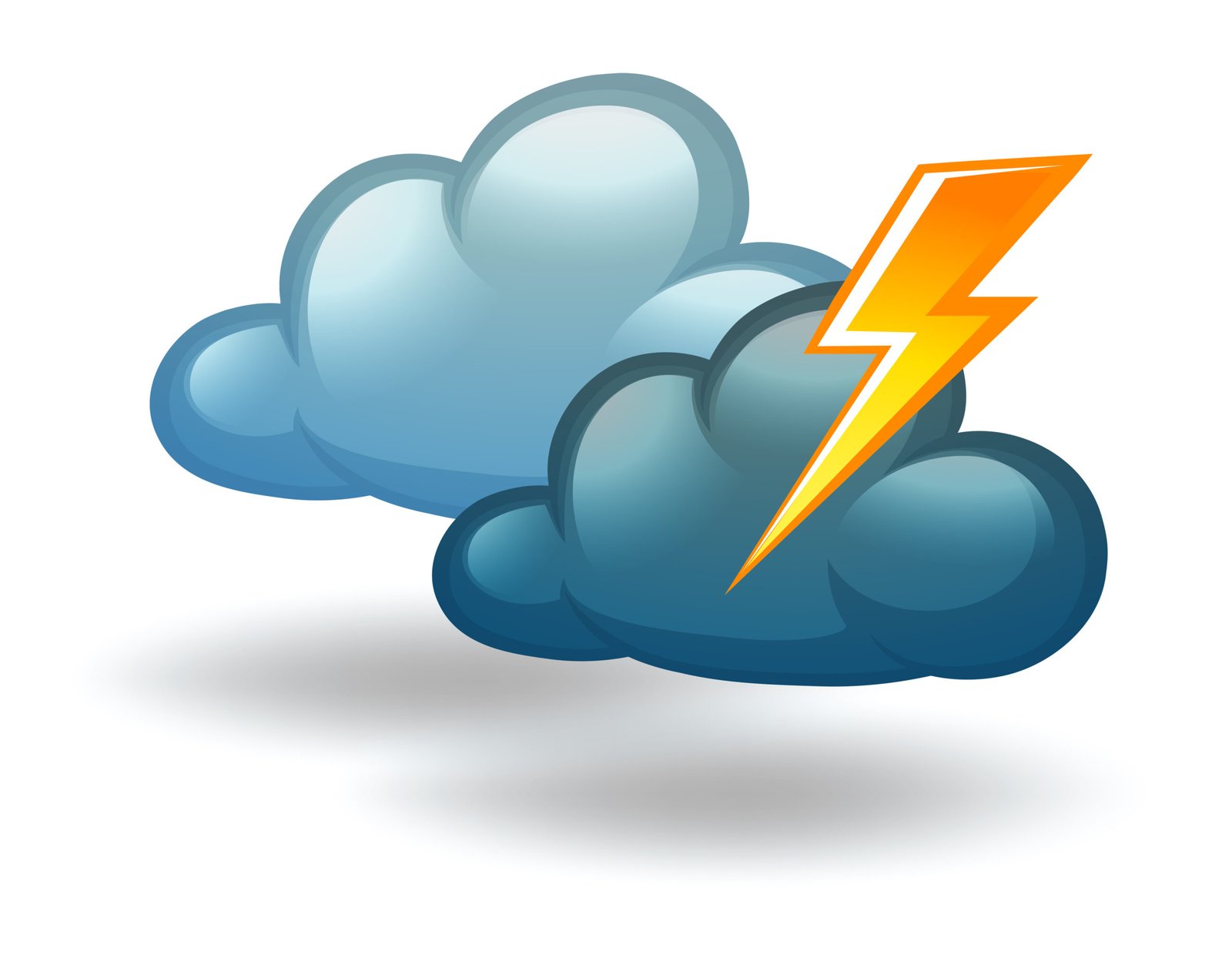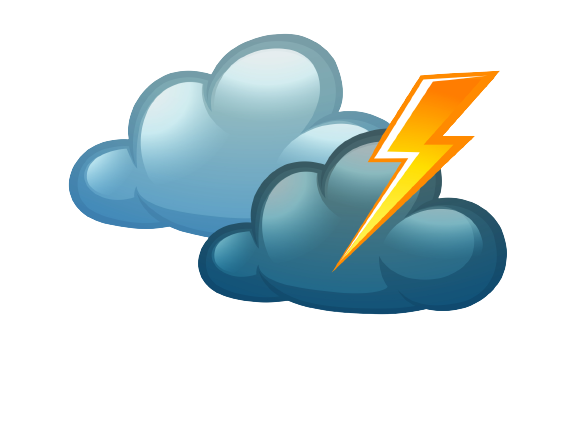[ad_1]
Mountain man: Westerly native Jay Broccolo finds his calling as director of weather operations at the Mount Washington Observatory
University of Rhode Island graduate Jay Broccolo‘s office may offer the best view in New England, but it comes at a high price – temperatures that can plummet to 47 degrees below zero and winds that can gust over 200 mph.
Broccolo, who grew up in Westerly, where the highest point is 249 feet, works as the director of weather operations at the Mount Washington Observatory, on the highest mountain peak in the Northeast, at 6,288 feet.
“We all like to call it the best office view in New England,” Broccolo, 36, said in a recent interview.
On a clear day, the view stretches more than 100 miles across Vermont and into New York and across Maine to Casco Bay. On clear nights, the lights of Montreal are visible, as is the Milky Way.
But it’s often not clear, and sometimes the view doesn’t reach beyond an outstretched hand. Snow at the summit has been recorded every month of the year, and Mount Washington holds the record for wind speed recorded by a human observer, 231 mph, in 1934.
“I love my job,” Broccolo said without a hint of irony.
He loves big weather events and is disappointed when he misses out, as he did last winter when the temperature at the summit dropped to 47 degrees below zero and the wind blew in excess of 100 mph, creating a wind chill of 109 below and setting a new U.S. record.
“I wasn’t up there, unfortunately,” he said.
On a happier note, he was at the summit when the temperature plummeted to 33 degrees below, the wind gusted to 108 mph, and the wind chill dropped to 90 below.
Operating since 1932, the Mount Washington Observatory, a private, nonprofit institution, records weather on the mountain peak, provides information for the National Weather Service and also produces a twice-daily forecast for the mountain area.
The observatory is a “member-supported institution with a mission to advance understanding of the natural systems that create Earth’s weather and climate,” the observatory says on its website. “It serves this mission by maintaining a weather station on the summit of Mount Washington, performing weather and climate research, conducting innovative science education programs, and interpreting the heritage of the Mount Washington region.”
More: NOAA releases winter weather prediction for Rhode Island. What to know.
“We’re like a permanent weather balloon,” Broccolo added.
That “weather balloon” has generated a detailed recording of extremes and trends for nearly a century.
“In our 90-year history, we’ve seen the winter season shorten by two to three weeks,” Broccolo said.
On a brighter note, the view from the summit extends farther than it once did, a sign of less air pollution, thanks to the Clean Air Act, he said.
Broccolo’s path to Mount Washington was far from simple
Broccolo’s path to the Mount Washington Observatory was as winding as the auto road that leads to the great mountain’s summit. As a kid, Broccolo always loved big storms, “the adrenaline rush” and the way they brought everyone together. His only disappointment: Westerly seldom got snow, since it’s so close to the ocean.
“I’ve always wondered why the Earth is the way it is,” he said. “Why is that cloud there? Why is that mountain there?”
A former Boy Scout and Eagle Scout, Broccolo graduated from Westerly High School and then URI, where he studied geology and geologic oceanography.
After URI, Broccolo worked for several years on oil rigs in the Gulf of Mexico before doing an internship at Mount Rainier National Park. He worked for a while at a Rhode Island engineering firm and went to England for graduate school to study atmospheric science.
Broccolo started his employment at the observatory more than five years ago, working first as a weather observer before taking on his current post as director of weather operations about a year and a half ago.
Like other weather observers, Broccolo would spend a week at a time living at the summit, often driving a Sno-Cat, a truck-sized track vehicle, to and from work because the auto road was impassible by car or truck.
To make observations and tend to the equipment, which can ice over quickly, weather observers venture out of their shelter once an hour and spend five or 10 minutes gathering information on factors such as temperature, wind speed, barometric pressure, visibility and precipitation type.
Sometimes the wind is so strong “it will suck the air out of your lungs,” he said, and will “definitely blow you over and continue to blow you over.”
Exposed skin gets frostbite within minutes, so weather observers must dress in multiple layers.
“I’d say the most annoying thing is getting into your gear and getting out of your gear and getting into your gear and getting out of your gear,” Broccolo said.
For Broccolo, the move from Southern to Northern New England seems like the right fit. When he’s not working, he enjoys hiking in the mountains, camping, snowboarding and skiing.
Bundle up: RI electric bills will rise 25% this winter due to rate increase
But he has strong ties to Rhode Island. His parents, Joe and Gail, still live in Westerly. Broccolo remains a volunteer firefighter in town, and he plans to return to Rhode Island for Thanksgiving and catch the Westerly-Stonington football game.
With his switch from weather observer to director of weather operations, Broccolo doesn’t spend as much time on Mount Washington as he once did. He often works at the observatory’s administrative offices in North Conway or sometimes at home in Jackson. On occasion, he has to hit the road, as he did earlier this month, making presentations in Washington, D.C., and meeting with New Hampshire Sen. Jean Shaheen and her staff.
But he returns to the summit whenever he has the chance.
“I definitely try,” he said, “to be on the summit during all the storms.”
[ad_2]
Source link


